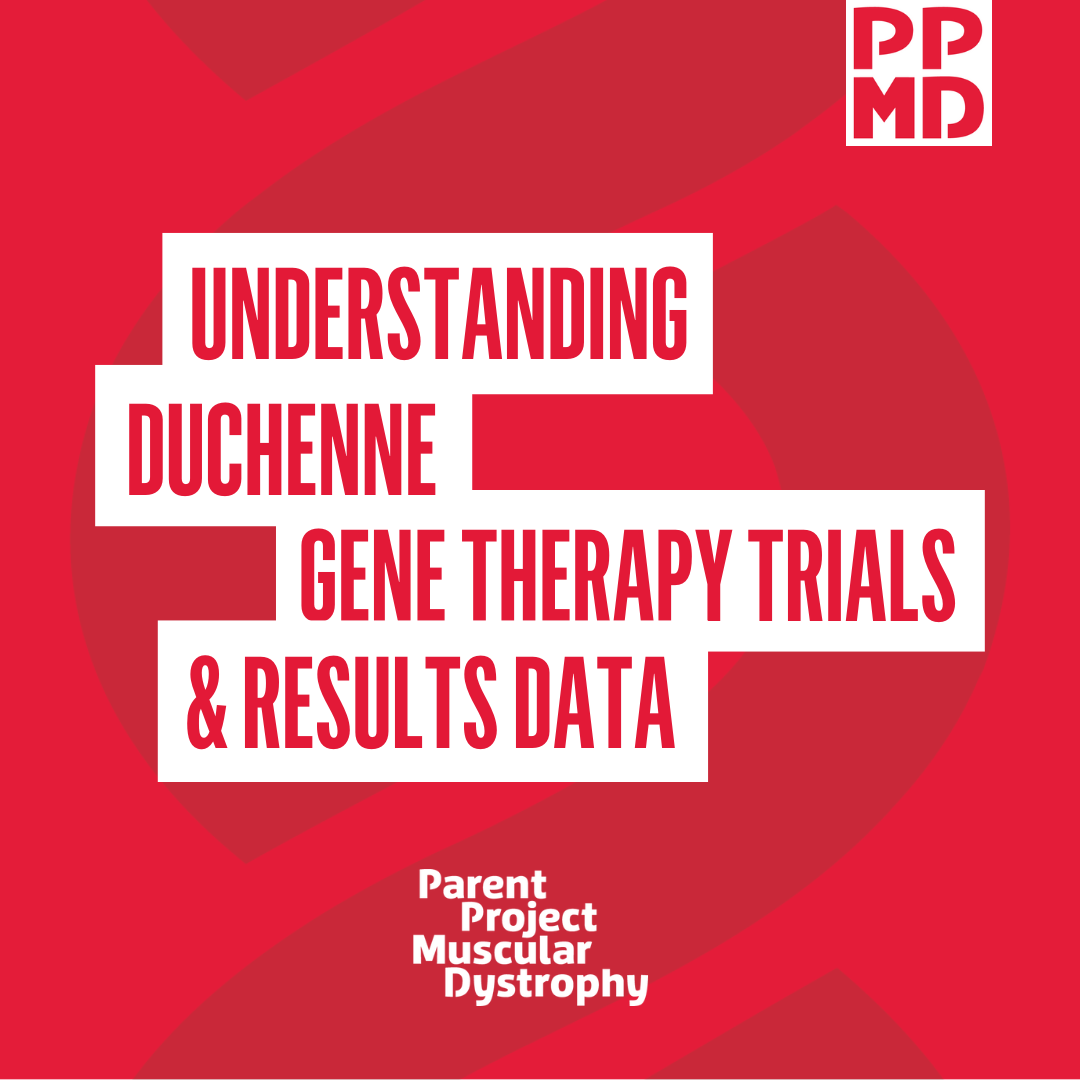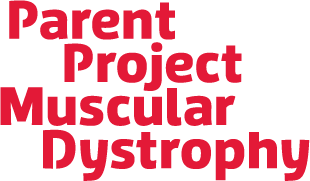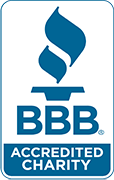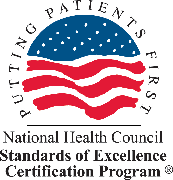
Understanding Gene Therapy Trials & Results Data
At PPMD, one of our goals is to help families navigate the concerns and decisions that are part of Duchenne. Some of the most common questions we get from families are about clinical trials, and specifically about gene therapy clinical trials.
Gene therapy is an area of potential treatment that has shown great promise. However, the last few years have also shown us that there remain many challenges to safely and effectively deliver these potential therapies to all patients.
The resources below were developed as tools to enable families to understand what data is available on the gene therapies so far, as well as the currently enrolling clinical trials.
It is important to note that this is a rapidly changing area of research. These resources will be updated, but it is possible that very recent changes or data will not be included.
Please note: There are numerous gene therapy strategies in development for Duchenne. The tables below contain information pertaining only to gene replacement strategies (or, ‘gene addition strategies‘, as they involve adding a new gene to affected cells) with a micro-dystrophin transgene. This strategy is the furthest along in development and testing and is likely to be an option for a large percentage of people with Duchenne. For more information about additional potential gene therapy strategies that are being tested, including gene therapy based exon skipping, visit PPMD’s Drug Development Pipeline.
Current Gene Therapies & Results Data
The table below describes the current gene therapies and gives information so that families can see what they have in common and how they are different. This table also includes very short summaries of results data that have been released thus far, as well as information about side effects.
Currently Enrolling Trials
This table includes more information about the clinical trials for these gene therapies, including the trials that are currently enrolling or expected to begin enrollment in 2022.
Understanding Differences in Gene Therapies
There are currently four companies who have DMD gene therapy products that have been given to boys with Duchenne, and three of the companies have ongoing studies in the USA. A fifth company plans to begin dosing in 2023.
Each of these gene therapies has slight variations in their three main components: the transgene, the promoter, and the vector.
- The transgene is the DNA sequence that will code for the mini- or micro-dystrophin protein.
- The promoter is a piece of DNA that tells the body where to turn on production of the transgene. The gene can get into many different tissues, not just the muscle, so we want to ensure the new protein is only produced in tissues where there would be a benefit, such as the skeletal or cardiac muscle.
- The vector is the transporter for the transgene and promoter to get into the target tissue. In current studies a modified virus called adeno-associated virus or AAV is used. It is a tiny virus with a limited storage capacity, which is why current studies use a micro or mini-dystrophin transgene rather than full length dystrophin instructions. There are different serotypes or versions of the virus such as AAV8, AAV9, AAVrh74 that are being used in trials.
Each company has chosen a different combination of transgene, promoter, and vector. All of the micro/mini-dystrophins are much smaller than the typical dystrophin gene, but are based on dystrophin changes seen in patients with milder cases.
Our Understanding of Current Data
Many families ask us which of these gene therapies is the “best”, and the answer to that is that we do not yet know. Because the gene therapies are in clinical trials, we are still gathering data to understand how well they work and how long they last. These tables were developed as tools to enable families to understand what data is available on the gene therapies so far, as well as the currently enrolling clinical trials.
- The data that we currently have suggests that the gene therapies, especially at the current higher doses, result in increased expression of the micro/mini-dystrophin and that the increase lasts for at least a year.
- Current data also shows that most boys who receive the gene therapy will have side effects. For most, the side effects occur soon after the dosing and are manageable with medications such as steroids and other treatment, and in some cases, hospitalizations.
- We also know that, tragically, one child died after receiving gene therapy. All possible investigations were undertaken to understand this case, and avoid similar future events to the extent possible.
- We also do not yet know how well the micro/mini-dystrophins will function as a replacement for standard dystrophin or how long the production of the micro/mini-dystrophin will last.
Considering Gene Therapy Trials
These gene therapies are all still in clinical trials, and each of the trials is set up differently in the criteria to be included and in the procedures that are part of the study. Because all clinical trials have risks and benefits, it is important to discuss any trial you might be considering with your or your child’s medical team. Families often contact us to better understand the different gene therapies and the various clinical trials–we are happy to talk through the various options with you in more detail.
Schedule time with a PPMD Genetic Counselor
Do you have questions about clinical trials? Please reach out to PPMD’s genetic counselors – we are here to help you!
- Email us at coordinator@parentprojectmd.org.
- Call us at 888-520-8675. We are available Monday – Friday, 8am – 5pm EST.
- Or click here to schedule a time that is convenient for you. Enter your phone number, and one of our genetic counselors will call you on the specified date and time.



 by: Parent Project Muscular Dystrophy
by: Parent Project Muscular Dystrophy

